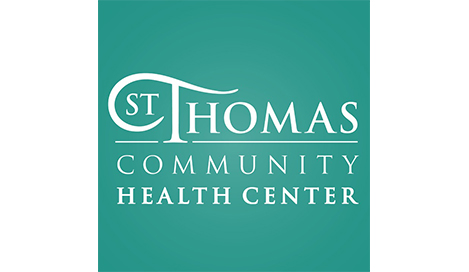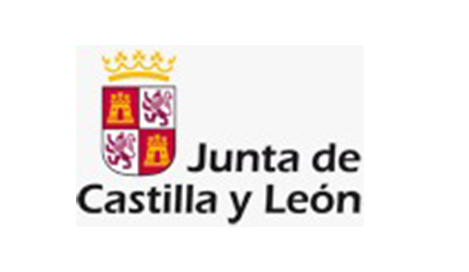Coronary Artery Disease

Cardiovascular disease (CVD) is the leading cause of death and disability in the developed countries. According to the American Heart Association, CVD claims more lives in the US than the next four leading causes of death combined, which include cancer, respiratory disease, accidents, and diabetes (AHA report 2016). Coronary artery disease (CAD) is the single largest killer in the US, causing 450,000 deaths annually. CAD results in from atherosclerosis in one or more of the arteries that supply blood to the heart, leading to accumulation of plaque on the arteries walls and eventually to obstruction to blood flow.
Patients at risk for obstructive CAD are typically referred to so-called functional tests such as ECG, Echo or SPECT (single-photon emission computed tomography) () stress test prior to intervention. However, the ultimate assessment of the obstruction is done in an invasive diagnostic catheterization, followed as necessary by therapeutic Percutaneous Coronary Intervention (PCI) or Coronary Artery Bypass Graft (CABG). According to the American Heart Association, in 2010 there were ~1,029,000 inpatient diagnostic only cardiac catheterizations in the USA, compared to 954,000 PCI procedures and 397,000 bypass procedures. In other words, 52% of catheterizations in the USA end up being for diagnostics only.
This result is in line with a large scale study (Patel MR et. al. Am Heart J. 2014;167:846–52.e2.), which found that 58.4% of 661,063 patients with suspected coronary artery disease referred to cardiac catheterization at 1,128 US hospitals between 2009 and 2011 had no obstructive coronary disease (defined as >50% stenosis). 40.1% of the patients did not have CAD at all.
Diagnostic catheterizations are invasive procedures that involve pain, fairly high radiation dosage, hospitalization, certain risk and cost to the health system. Therefore, there is a need for non-invasive, low dose, efficient and accurate CAD diagnostics.
© 2023 Arineta Ltd, All Rights Reserved























